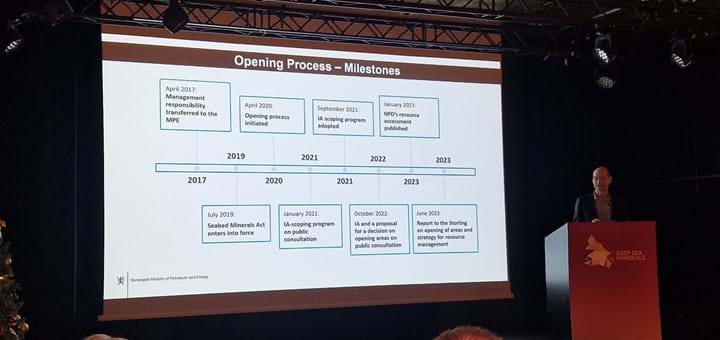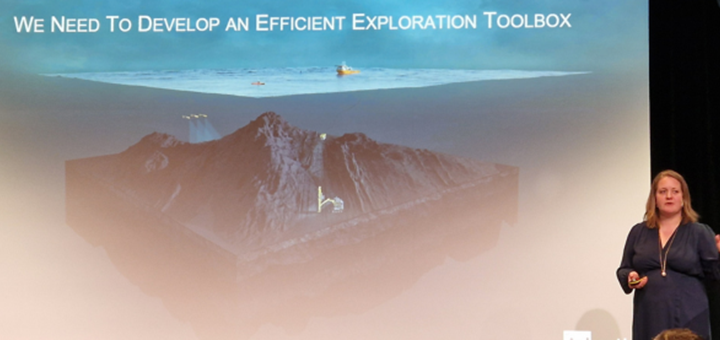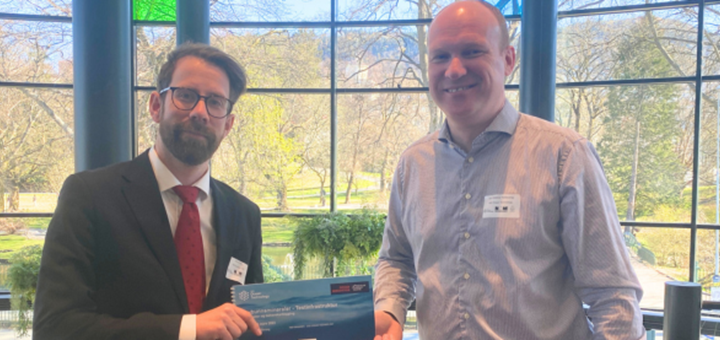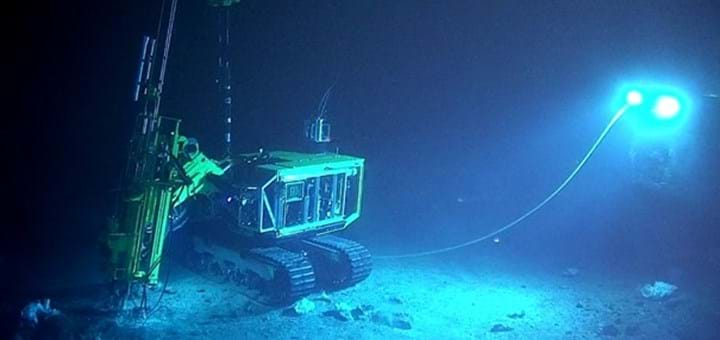Norway Opens for Industrial Seabed Mineral Activities
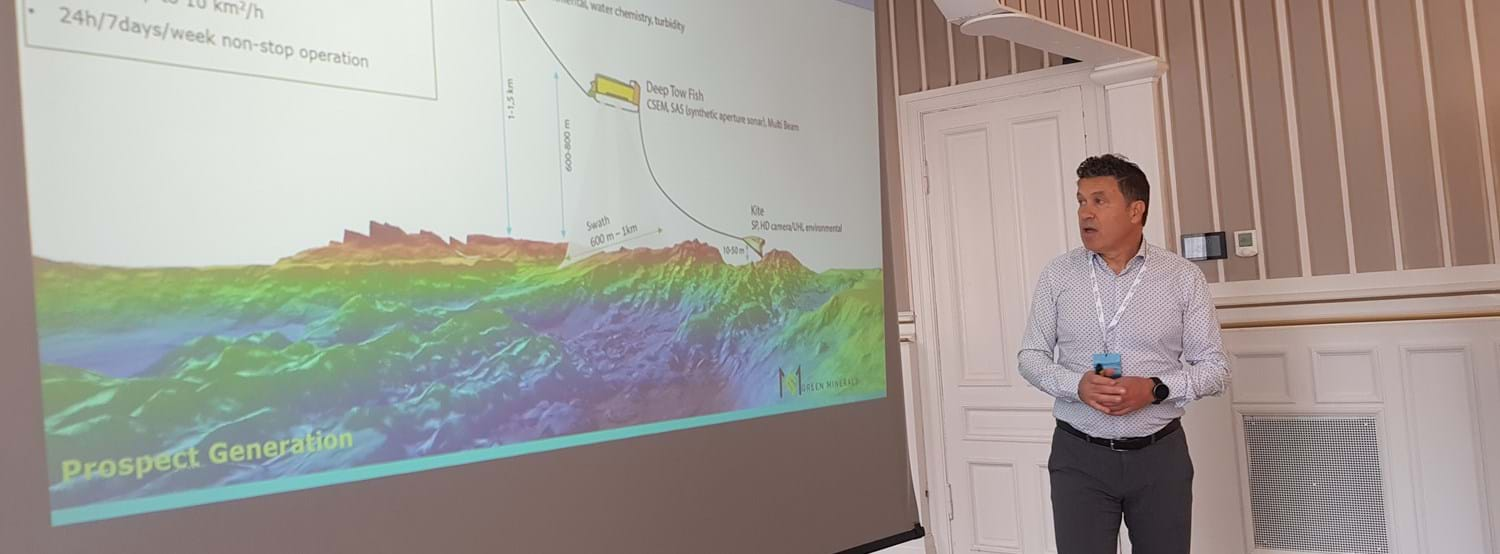
The initial phase is centered on exploration. If found environmentally, economically and socially acceptable this can then lead to seabed mining. The first extraction licenses will have to be approved by the Norwegian parliament.
A vast majority of the Norwegian parliament (Stortinget) has approved to open for industrial actors to take part in seabed minerals activities.
The parliament believes industrial capacity, know-how and capital will be important in addition to more independent research to efficiently acquire more knowledge.
Ståle Monstad CEO of Green Minerals is happy with the parliament's decision.
– It is great to have broad support for the opening process by the parliament and we applaud today’s decision. The international society has set ambitious climate goals for 2030 and 2050 and seabed minerals can be part of the solution to the predicted deficit of critical minerals and metals needed for the green shift.
Encouraging results
We still need a lot more data before deciding if the production of seabed minerals will make sense in Norwegian waters according to Monstad.
– We have conducted extensive test-processing of seabed massive sulphides in the Finnish Geological Survey (GTK) with very promising results. The potential of mixing low-grade copper ore from declining land mines with high-grade seabed ore is very exciting and a win-win to all industries, the environment, and society, Ståle explains.
– Our promising results combined with e.g. the interesting discoveries made by the University of Bergen during the last year make us more confident in the possibility of a prospective new ocean industry, Ståle continues.
– There is a lot of work ahead of us. It will be important with a good collaboration between researchers, the public, and industry to share environmental data and strengthen our understanding of both the deep sea ecosystem and resource potential. It is now the real work starts, Ståle finishes.
More knowledge needed
There is broad consensus about that more knowledge is needed before seabed mining can take place in Norwegian waters.
Minerals of economic interests are expected to be found in far less than 1% of the opening area and far more detailed studies are required to locate and characterise prospective mineral deposits and its associated environment and ecosystem.
The Norwegian government plans to perform regional environmental mapping using the Mareano-programme and establish a targeted research and innovation programme managed by the Research Council of Norway to strengthen development of new technology and methodology.
The parliament decision is as expected based on a press conference that was held by the four largest political partis in the beginning of December.
Lars Erik Aamot, Director General at the Norwegian Ministry of Petroleum and Energy envisions a licencing round already in 2024, when he presented at the Deep Sea Minerals conference held in desember in Bergen.
Contact Information


